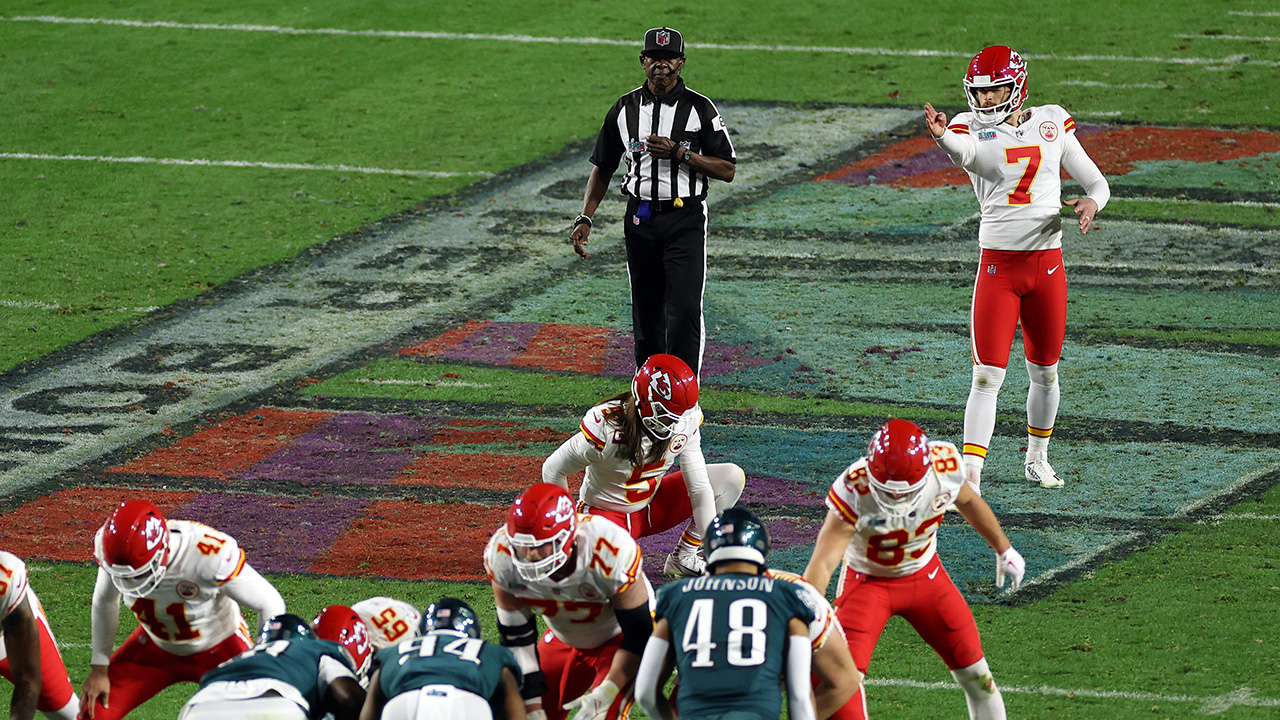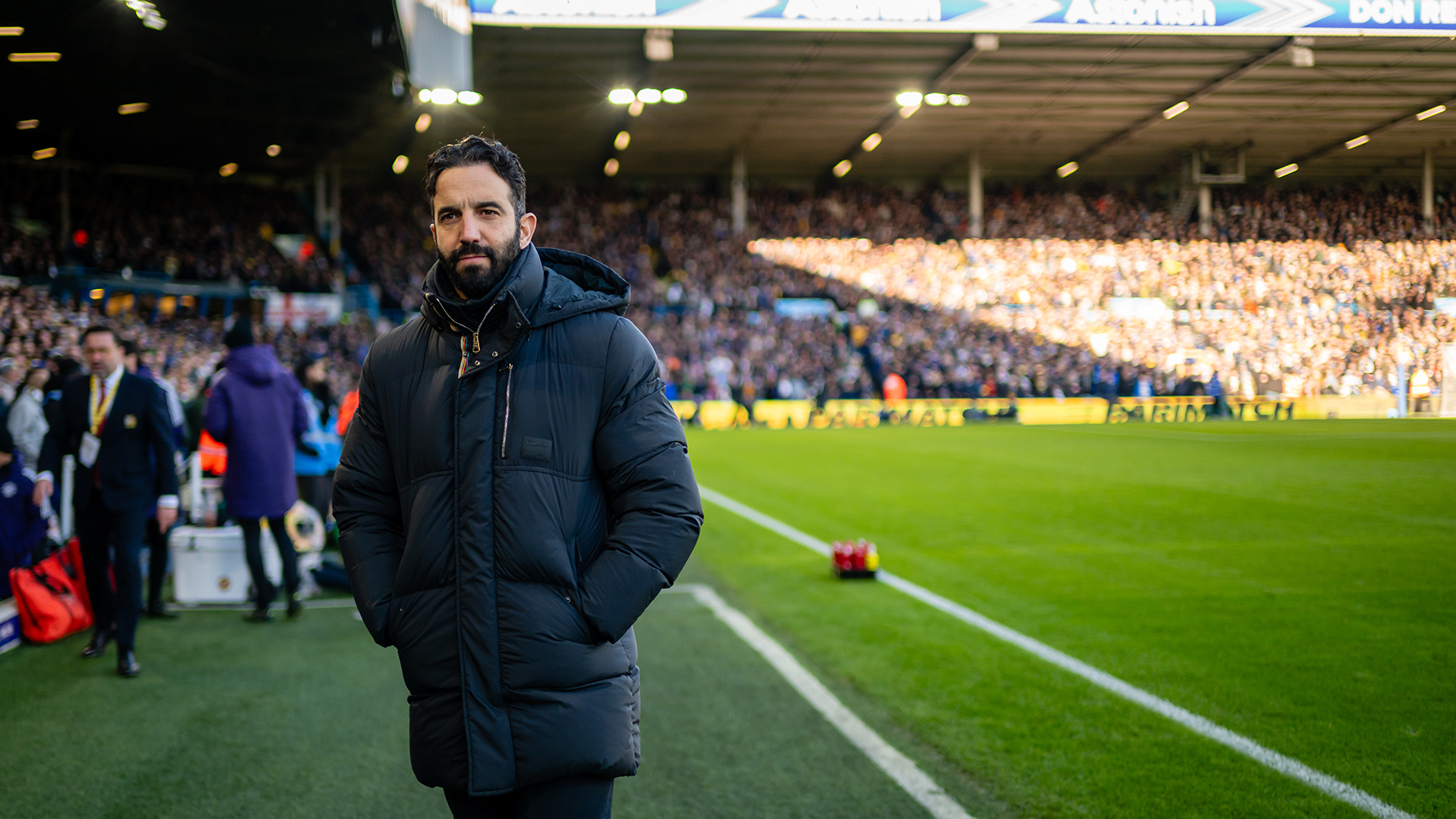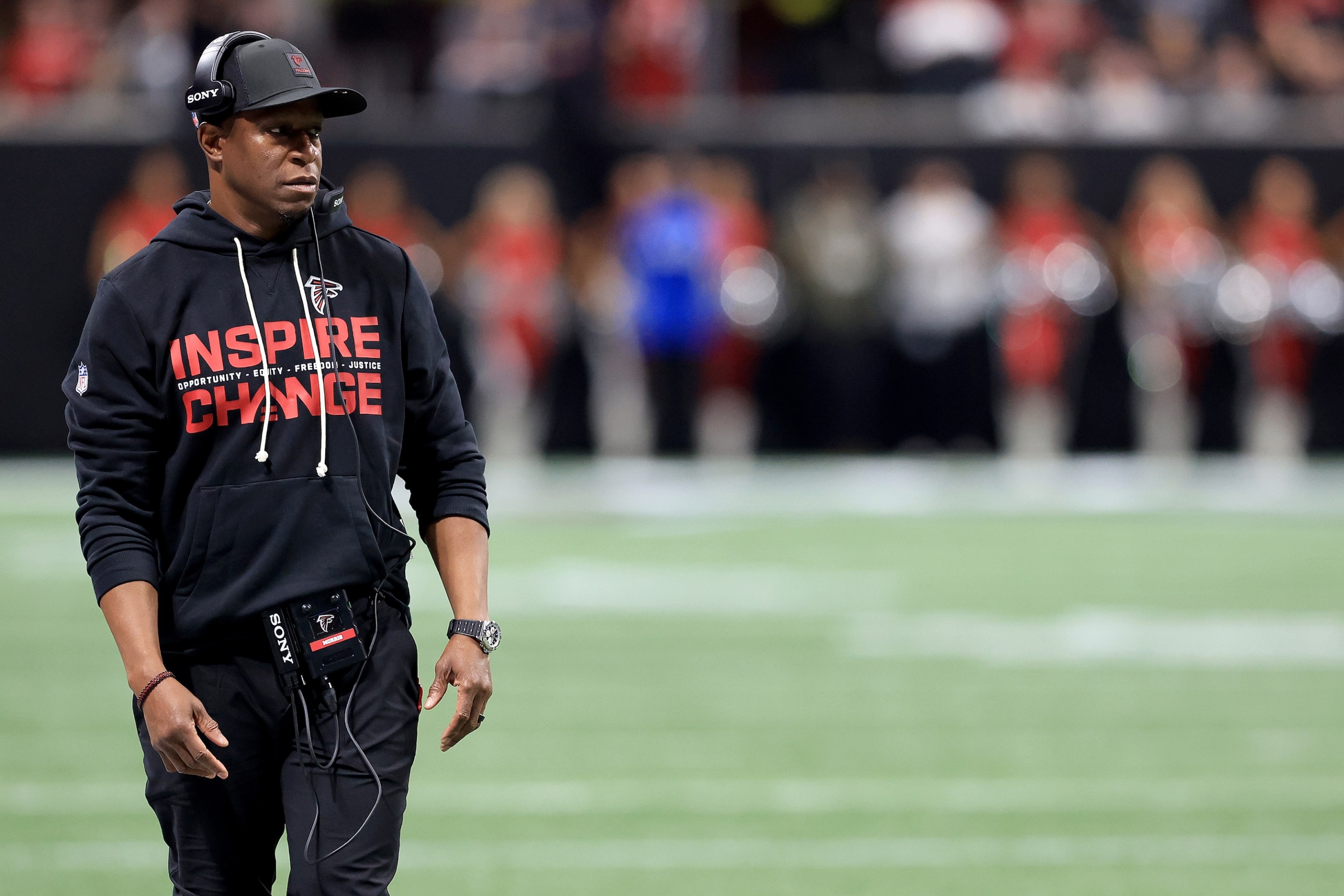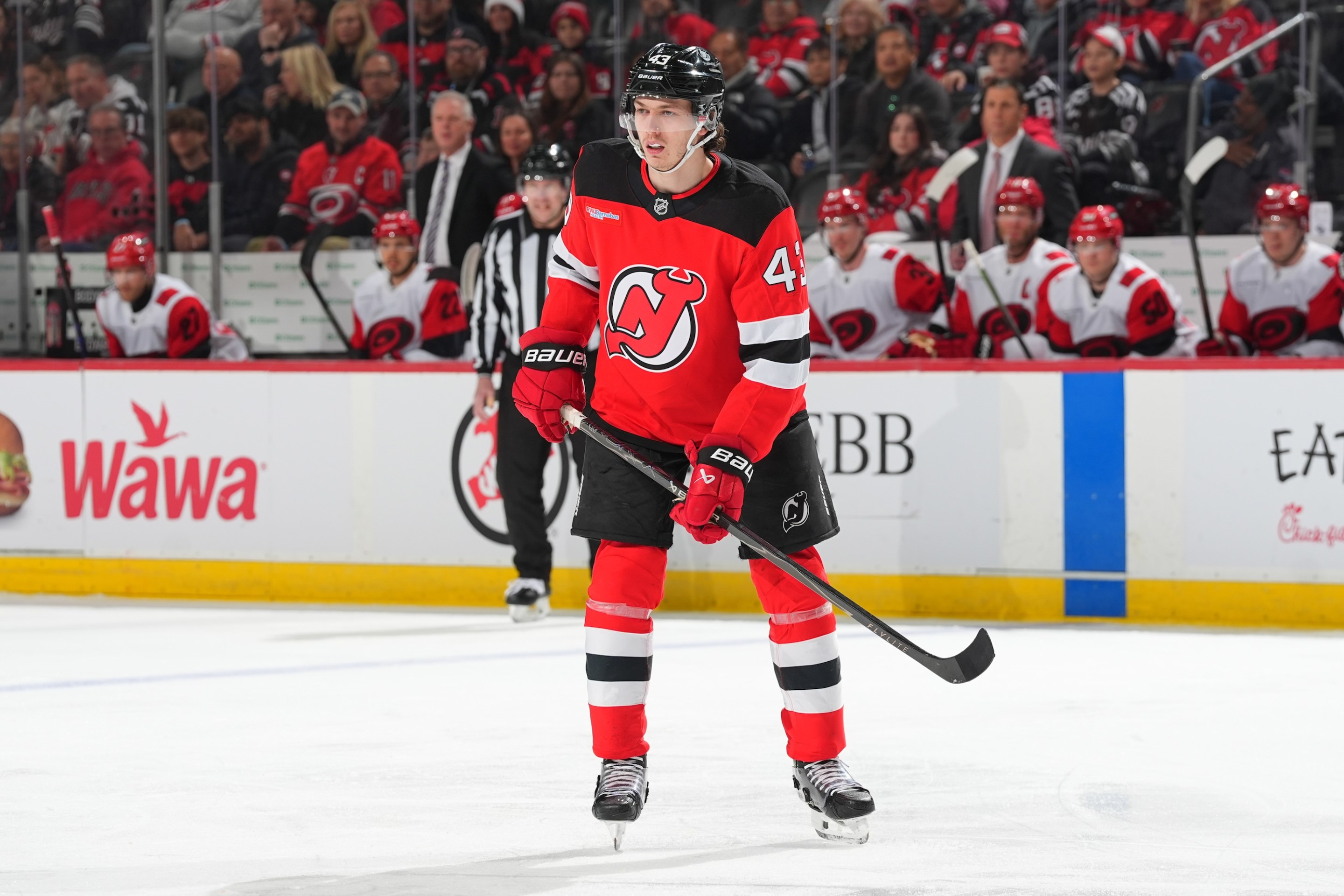It was clear that the Eagles had lost once the referee threw the flag on James Bradberry IV on that third-down play. At that point, all Kansas City had to do to win was waste some time and kick a short, game-winning field goal. As Harrison Butker lined up for what wound up being the winning kick, I knew the Eagles had only one chance: Butker could slip on the turf while attempting the kick. It was a longshot—but given the state of the turf, there was still some reason for hope. Super Bowl 57 was a fantastic game. Too bad about the field.
A lot of things were up in the air coming into the game. No one knew if Patrick Mahomes’s ankle would hold up, or if Jalen Hurts would be able to throw the ball downfield at all. Would the game be close, as the spread predicted? Would Andy Reid be able to out-coach Nick Sirianni? Would the halftime show be any good? One thing that everyone knew for sure was that the field was going to be perfect.
At least, that’s what everyone in the press had reported. The NFL said the field cost $800,000 and took two years to create. Most stories were focused on George Toma, the 94-year-old “Sodfather” who had worked on the field for every fucking Super Bowl ever played. This would be his last one, and he said it would be one of the best, too. Insider reported Toma saying, “I believe this is the second best grass we’ve had.” Sounds like this guy has a real sod complex.
There was no shortage of places to get some version of this story, or some new angle on Toma's career-capping triumph. ESPN told us the grass was two years in the making. “We believe that, right now, this is one of the strongest varieties of hybrid Bermuda grass you can get,” said Nick Pappas, an NFL field surface director. The AP got a quote from Pappas, too: “For this one, obviously, we’re giving it a little extra care.” Oklahoma State University crowed about how the turf was theirs; Golf Digest told everyone to thank the USGA for the turf. A man who runs a company called Pomp Investments did a long Twitter thread about how good the grass was going to be, literally comparing it to heaven. I think I’ll stick with Vanguard.
The most florid pregame turf story came from The New York Times. “All Hail the ‘God of Sod,’ Groundskeeper for All 57 Super Bowls,” blared the headline. “On Sunday,” the subhead said, ”George Toma’s perfectionism will be on display for hundreds of millions of people who will have no idea who he is or how he suffers for his work.” His quotes in the story, which were presented as a man being too hard on himself, now read as if he was preparing us for the biggest failure of his career:
“For 70 years, I’ve been fighting for the cheapest insurance—a good, safe playing field for preschool all the way up to the professional level,” Toma said. “I’m sorry that I failed by not giving the people, the players, a good, safe playing field.”
This is a man who sounds like he knows what is coming in the Super Bowl
You probably watched the game, so I do not need to explain to you that the turf was terrible. Players on both teams slipped all game; the Eagles, at least, changed cleats at some point; members of the grounds crew were frantically filling divots after Rihanna's halftime performance. Pass rushers were stymied not only by the offensive lines but by the turf. Haason Reddick, the Eagles’ defensive MVP, was on the ground all night. Kenneth Gainwell slipped before picking up what seemed like a sure first down, and then a play later Jalen Hurts dropped the ball. This was a problem for both teams. The Chiefs got more pressure but still settled for two sacks for a cumulative loss of two yards. Boston Scott juked three KC defenders on one play as they fell to the turf.
Viewers noticed. Players confirmed. “A couple times I had a good pass rush,” Reddick said, “felt like I beat my man, trying to turn the corner and couldn’t turn the corner.” Frank Clark agreed the field was an issue: “The field was kind of terrible.” That was a common word for it.
Jordan Mailata said the field was “terrible.” He was sure to point out it was terrible for both teams, and Eagles/Chiefs players were talking with each other during TV timeouts about how bad it was. He said, “It was like playing on a water park.”
— Jimmy Kempski (@JimmyKempski) February 13, 2023
One defense of the NFL in this situation is that the turf at this particular stadium is always bad. The Lions complained about it in 2018 after a game against the Cardinals. Butker, who hit the game-winning kick, hurt his ankle on the opening kickoff of the season in the same stadium. The same field was awful for a college football playoff semifinal six weeks ago. This defense is worse than the one that Jonathan Gannon dialed up in the second half.
This was a new field the NFL hyped up! The 94-year-old Sodfather said the turf was only beaten by one other Super Bowl! The league is the one that decided to play the game in Arizona! If the game can be played on that turf, why can’t a Super Bowl be in Green Bay? It was in the 40s there yesterday; the frozen tundra seems preferable to the slip-and-slide. Honestly, it seems the NFL knew the turf was going to be this bad well in advance, Sodfather or not. Wired reported the halftime show’s flying platforms were done in order to protect the field.
“I’m not going to lie: It was the worst field I’ve ever played on,” Reddick said. “It was very disappointing. It’s the NFL. You would think it would be better so we could get some better play, but it is what it is. I don’t know. Maybe the league will look at it and tell Arizona they got to step their stuff up.” Yeah, any day now.






